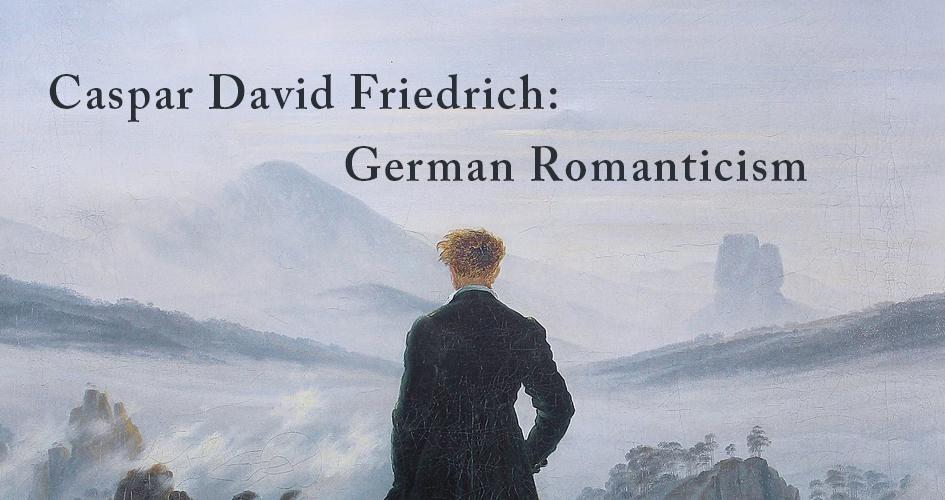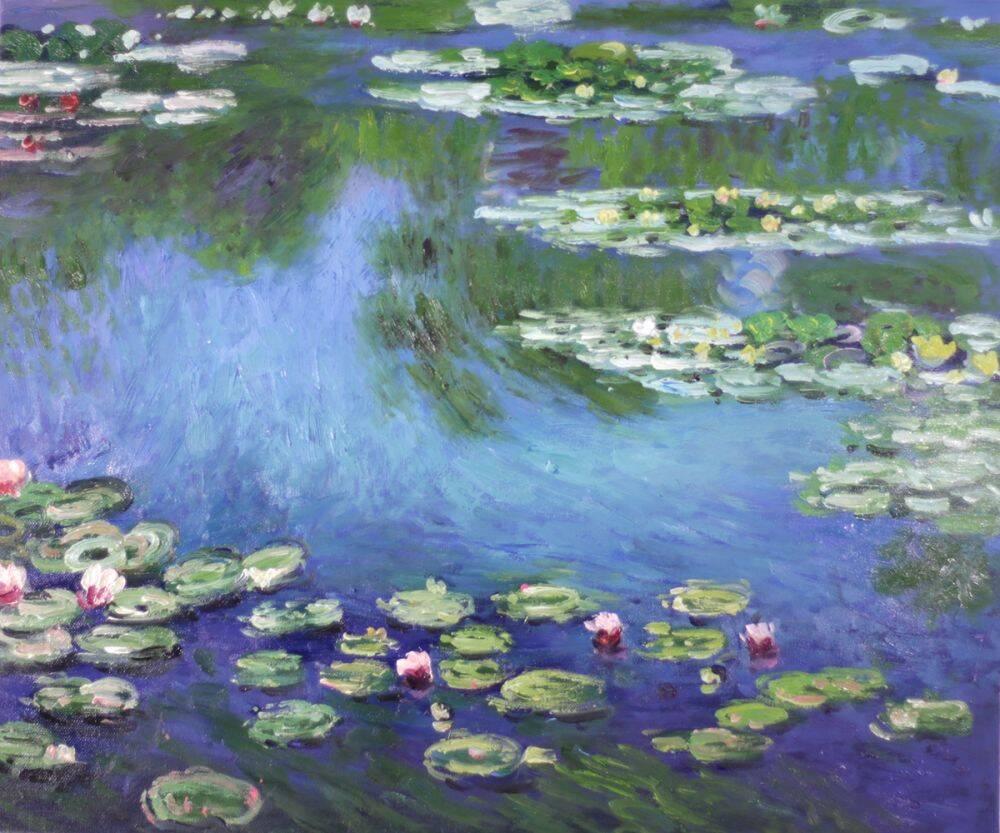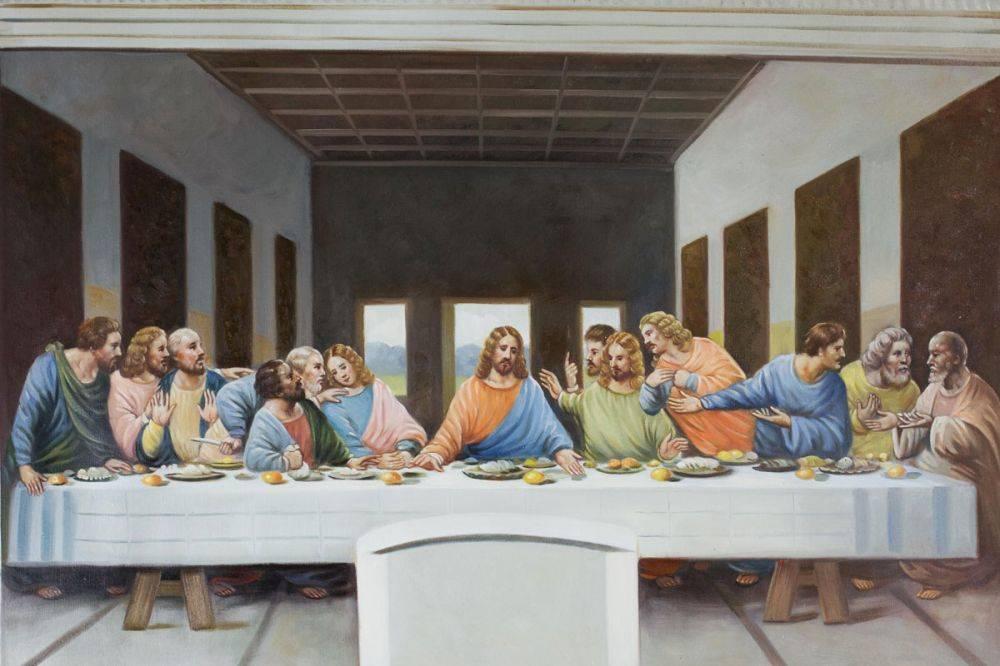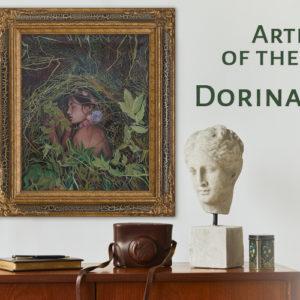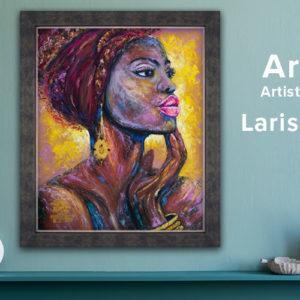Art
Art History
Art Reflections
Art Travel Guide
overstockArt.com
Caspar David Friedrich
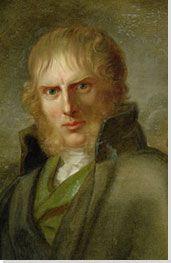 Caspar David Friedrich was a painter during the early 19th century that was considered the founder of the German Romantic movement. Friedrich is best known for his contemplative figures, ruin landscapes and misty scenes. Most of his landscapes evoke a deep feeling of isolation, mixed with a sense of awe. Many of those who are feeling the strain of social distancing might be able to relate to the undertones of his art.
Caspar David Friedrich was a painter during the early 19th century that was considered the founder of the German Romantic movement. Friedrich is best known for his contemplative figures, ruin landscapes and misty scenes. Most of his landscapes evoke a deep feeling of isolation, mixed with a sense of awe. Many of those who are feeling the strain of social distancing might be able to relate to the undertones of his art.
The Early Years
Freidrich studied alongside many great painters at the Copenhagen Academy, which was considered a progressive school at the time. Early in his career, he formed a social circle that was predominantly artists and other creative types. Friedrich’s admirers grew so much that at the height of his popularity he was a professor at the Berlin Academy and had gained the patronage of many prestigious international figures after winning a competition by Goethe in 1805.
Caspar David Friedrich was quoted as saying: “The artist should paint not only what he sees before him, but also what he sees within him. If, however, he sees nothing within him, then he should also refrain from painting that which he sees before him. Otherwise, his pictures will be like those folding screens behind which one expects to find only the sick or the dead.”
Symbolic Expressionism
This idea of the artist to turn inward and to express the inner psyche of themselves, along with the message of caution of finding yourself to be empty comes from Friedrich’s tragic childhood full of loss. His mother and two sisters perished before Freidrich turned 8, and he watched as his brother, who saved him from drowning in a frozen pond, died. Caspar was never able to recover, and loss shaped his painting style, projecting the heavy sense of isolation.
He was able to overcome these feelings of sadness and powerlessness by creating symbolistic art. He turned these dark life 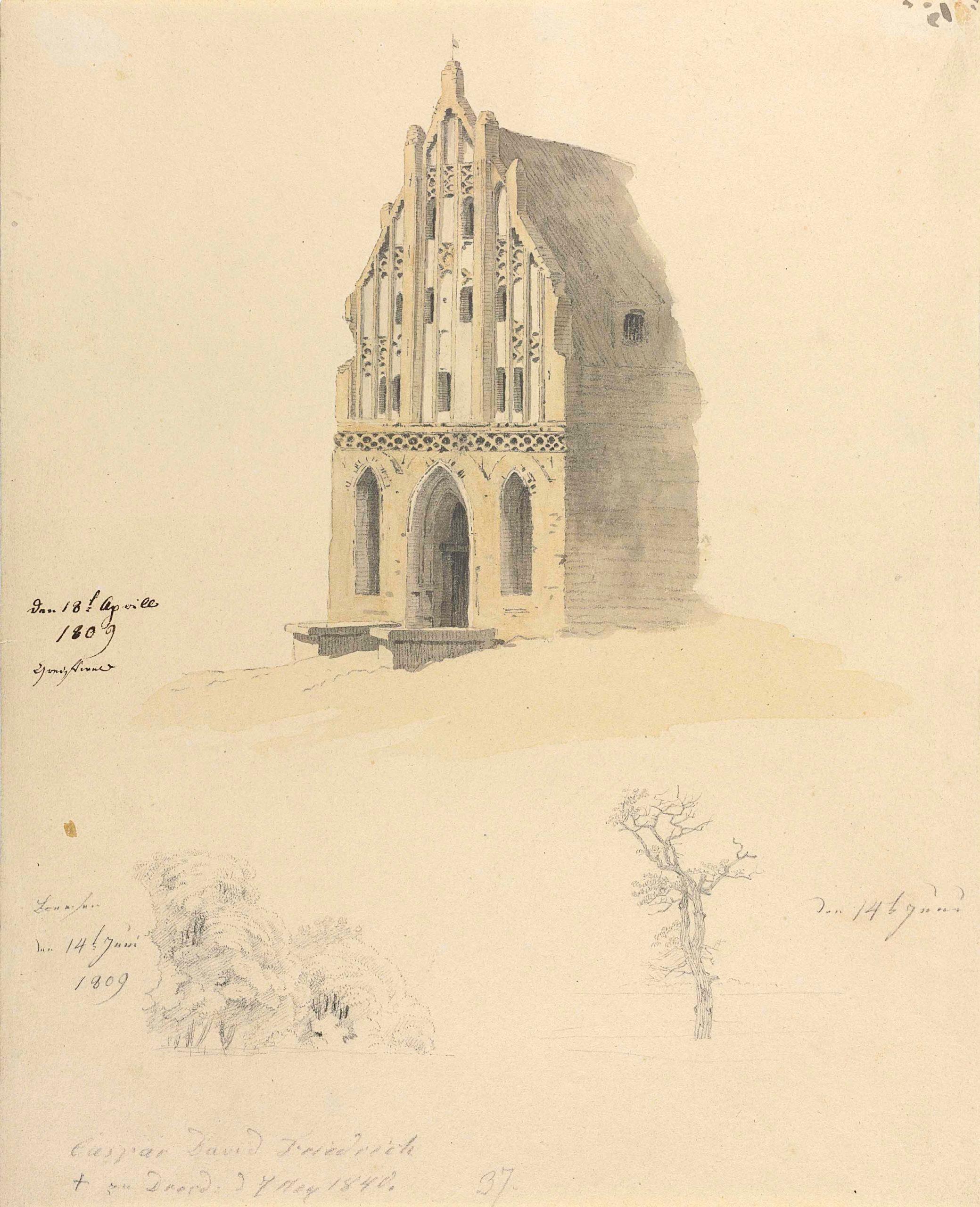 events into a beautiful message for himself and others that we can be more than the horrible things that happen to us. There is still awe and happiness in the world to see. Unfortunately, his story was yet again marked by the death of another loved one; a dear friend, and this caused him to fall into a deep depression. Towards the end of Friedrich’s life, his career suffered greatly after having a stroke. He was left with paralysis in one of his arms that greatly reduced his ability to paint, limiting him to reworking older paintings and working with watercolors. He lived in poverty when he died.
events into a beautiful message for himself and others that we can be more than the horrible things that happen to us. There is still awe and happiness in the world to see. Unfortunately, his story was yet again marked by the death of another loved one; a dear friend, and this caused him to fall into a deep depression. Towards the end of Friedrich’s life, his career suffered greatly after having a stroke. He was left with paralysis in one of his arms that greatly reduced his ability to paint, limiting him to reworking older paintings and working with watercolors. He lived in poverty when he died.
After Death
 Most of his pieces lost popularity during World War II. Sadly, Hitler used Friedrich’s paintings as examples of Germanic patriotism leading to many of his paintings being used as Nazi propaganda. Friedrich was even listed in Art in the German Reich magazine. It wasn’t until the 21st century that there was a revival of his work. Today, Friedrich’s work is displayed all over Europe as a reminder of nature in post-medieval Germany.
Most of his pieces lost popularity during World War II. Sadly, Hitler used Friedrich’s paintings as examples of Germanic patriotism leading to many of his paintings being used as Nazi propaganda. Friedrich was even listed in Art in the German Reich magazine. It wasn’t until the 21st century that there was a revival of his work. Today, Friedrich’s work is displayed all over Europe as a reminder of nature in post-medieval Germany.
Shop The Inspiration
Some of the inspiring pieces by this great artist included in our gallery are Chalk Cliffs at Ragon, which shows a uniquely obstructed view of the sea on a sunny day, commemorating the artist’s honeymoon with his beloved wife; and his most famous work The Wanderer Above the Sea of Fog, which shows a lone, anonymous figure turned to face the raging waves of the ocean. The way he used proportions to showcase how small we are compared to nature in The Monk by the Sea is brilliantly understated. The singular figure of the artist’s wife, with her back facing the audience, is a theme revisited in Woman at a Window, but in a more traditionally feminine setting. Each piece is distinct, but they are all painted with Friedrich’s signature romantic style. Feel free to browse and see if one of them could be the perfect piece of art for your home.
